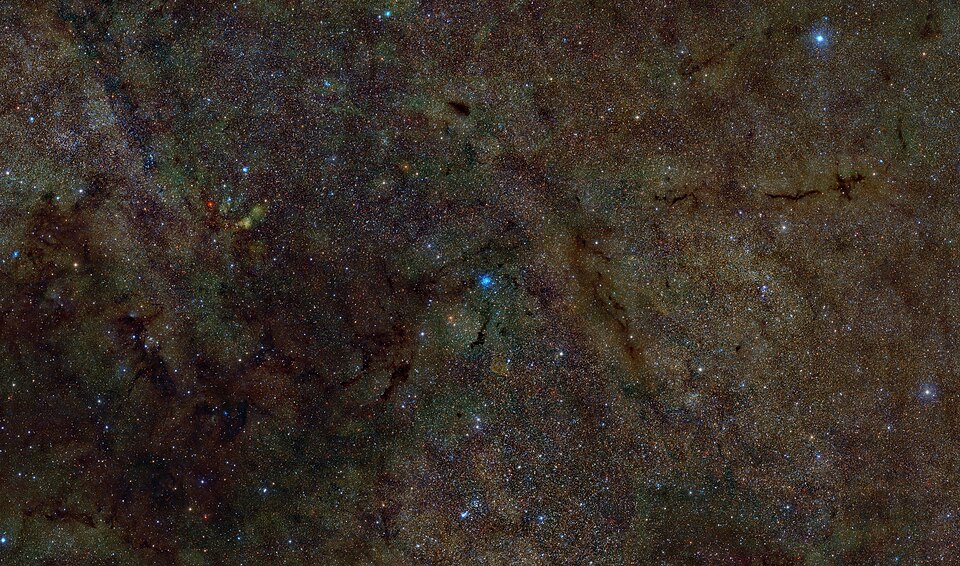XRISM Satellite's Breakthrough in Measuring Cosmic Sulfur Levels

An international collaboration led by the Japan Aerospace Exploration Agency (JAXA) has successfully measured sulfur in the interstellar medium using the XRISM (X-ray Imaging and Spectroscopy Mission) satellite, providing vital insights into the elemental composition of the universe. This unprecedented achievement, detailed in a study published on June 27, 2025, in the Publications of the Astronomical Society of Japan, marks the first direct measurement of sulfur in both its gas and solid phases across the cosmos.
According to Dr. Lía Corrales, an assistant professor of astronomy at the University of Michigan and lead author of the study, 'Sulfur is essential for cellular function on Earth, yet its distribution in the universe remains largely unknown.' The XRISM satellite, with its advanced X-ray spectroscopy capabilities, enables scientists to identify sulfur's presence in varying states, enhancing our understanding of its role in cosmic environments.
The measurements were obtained by analyzing X-rays emitted from two binary star systems, particularly focusing on GX 340+0, located over 35,000 light-years away in the constellation Scorpius. Dr. Brian Williams, the XRISM project scientist at NASA’s Goddard Space Flight Center, stated, 'XRISM’s observations are a unique probe of sulfur in a large section of the Milky Way, offering some of the most detailed measurements to date.'
The researchers hypothesized that sulfur likely condenses into solid forms when it interacts with ice or other elements within denser regions of the interstellar medium, such as molecular clouds where new stars and planets form. To support their findings, they proposed several sulfur compounds—including pyrrhotite, troilite, and pyrite—commonly observed in meteorites, suggesting these may play a role in sulfur's solidification process.
Elisa Costantini, a senior astronomer at the Space Research Organization Netherlands and co-author of the study, noted, 'Our lab has developed models to compare with astronomical data, and the results from XRISM align with our expectations regarding sulfur's behavior in space.' The significance of this research extends beyond mere curiosity; understanding sulfur's distribution could illuminate aspects of planetary formation and the origins of life.
The XRISM mission, a collaborative effort between JAXA, NASA, and the European Space Agency (ESA), represents a significant advancement in astrophysics. By employing the Resolve microcalorimeter spectrometer, XRISM can achieve unprecedented resolution and sensitivity in its measurements. As science continues to uncover the mysteries of the universe, tools like XRISM will be pivotal in revealing the complexities of elemental chemistry in space.
In conclusion, the advancements made by the XRISM satellite not only deepen our understanding of sulfur in interstellar environments but also pave the way for further research into the fundamental constituents of life. As new data emerges from this mission, the scientific community anticipates that it will lead to groundbreaking discoveries regarding the origins of life in the universe.
Advertisement
Tags
Advertisement





